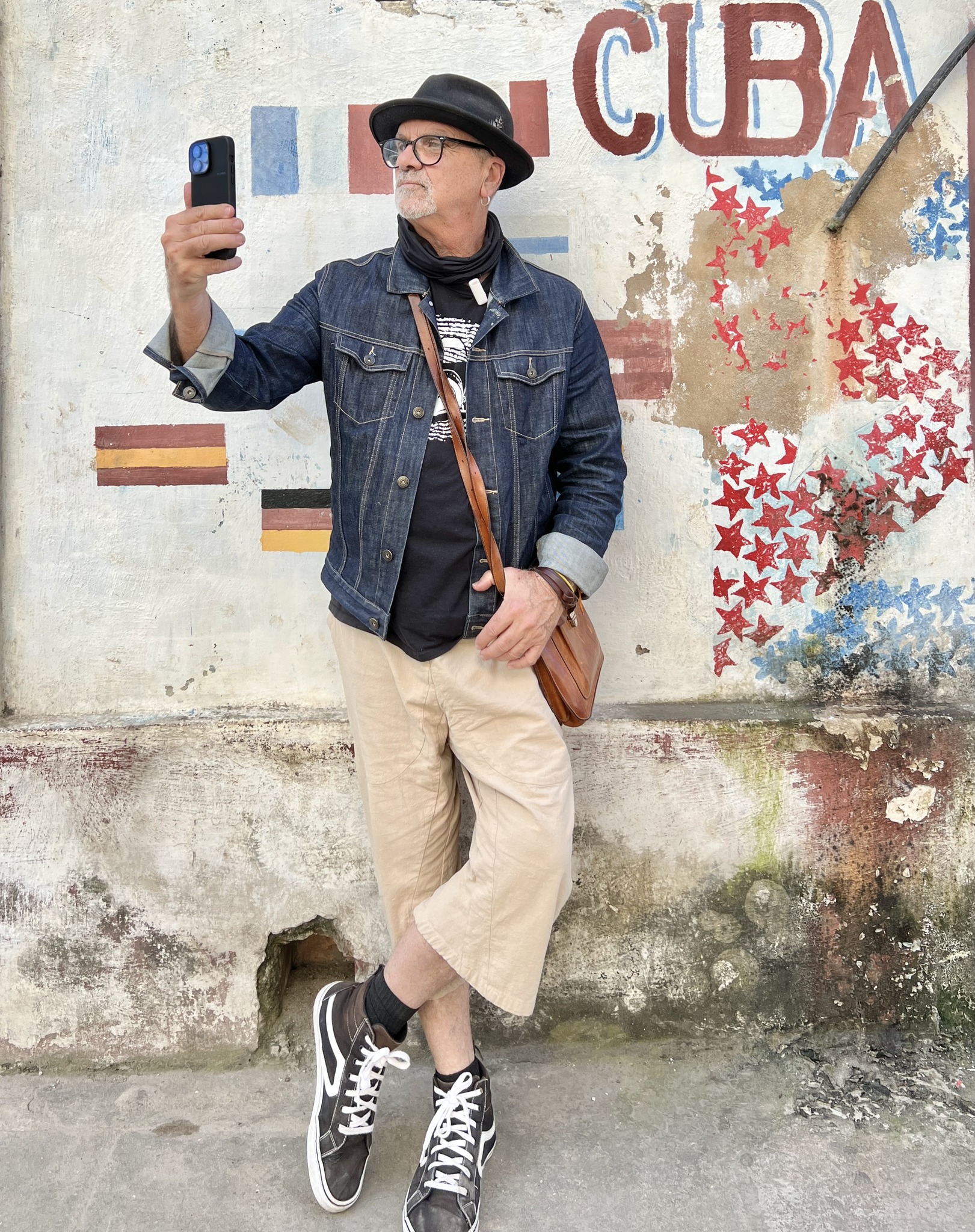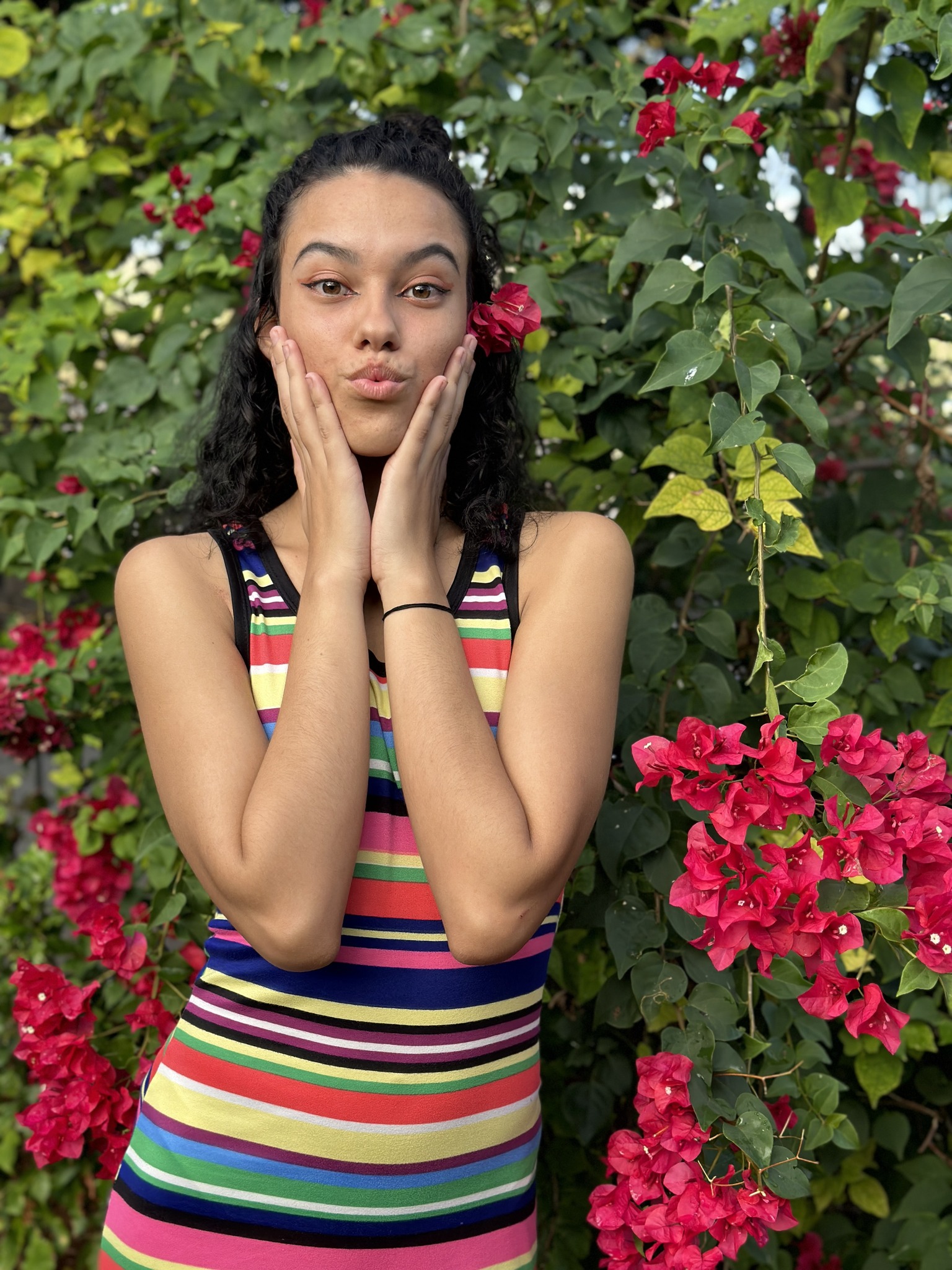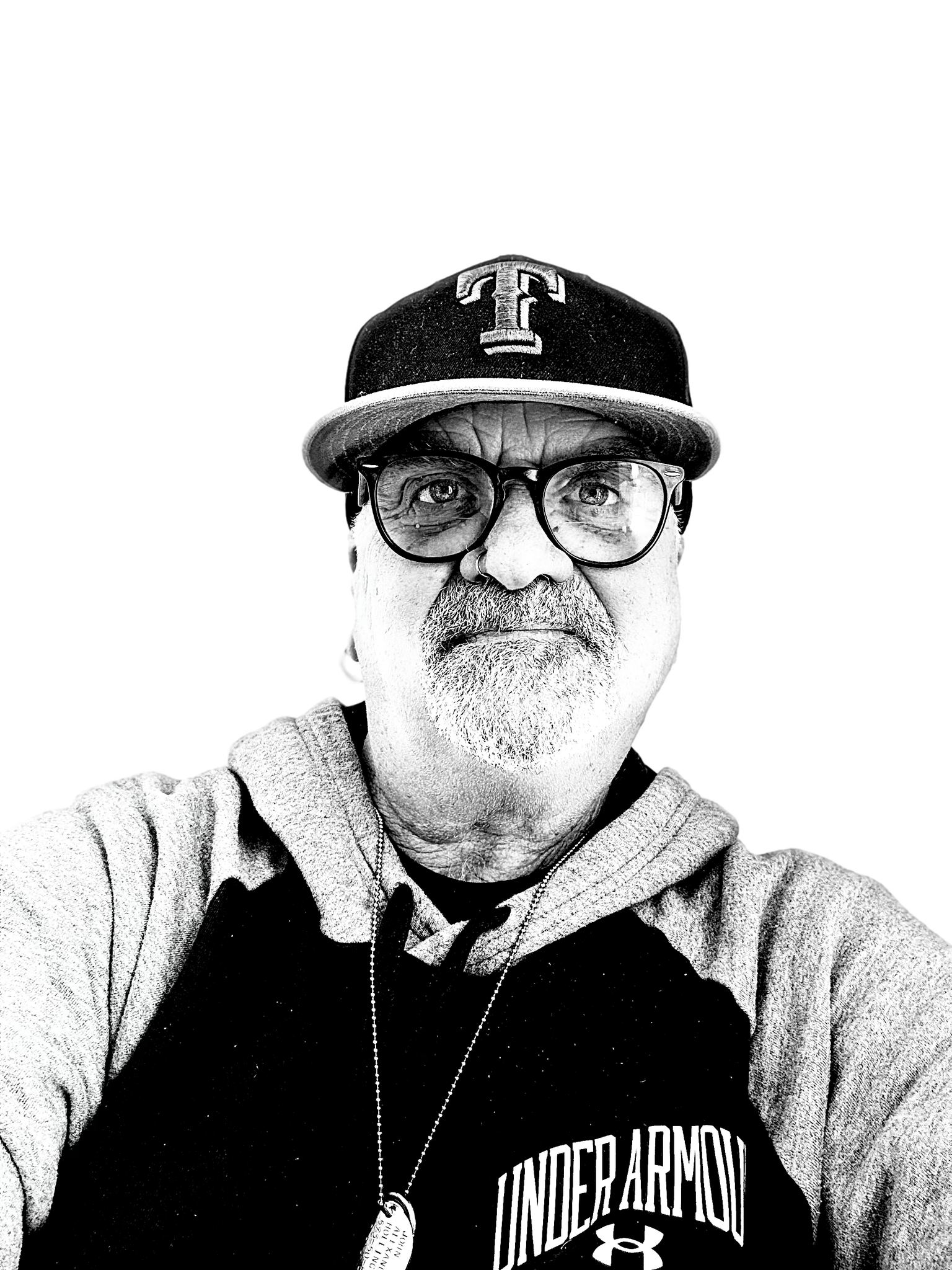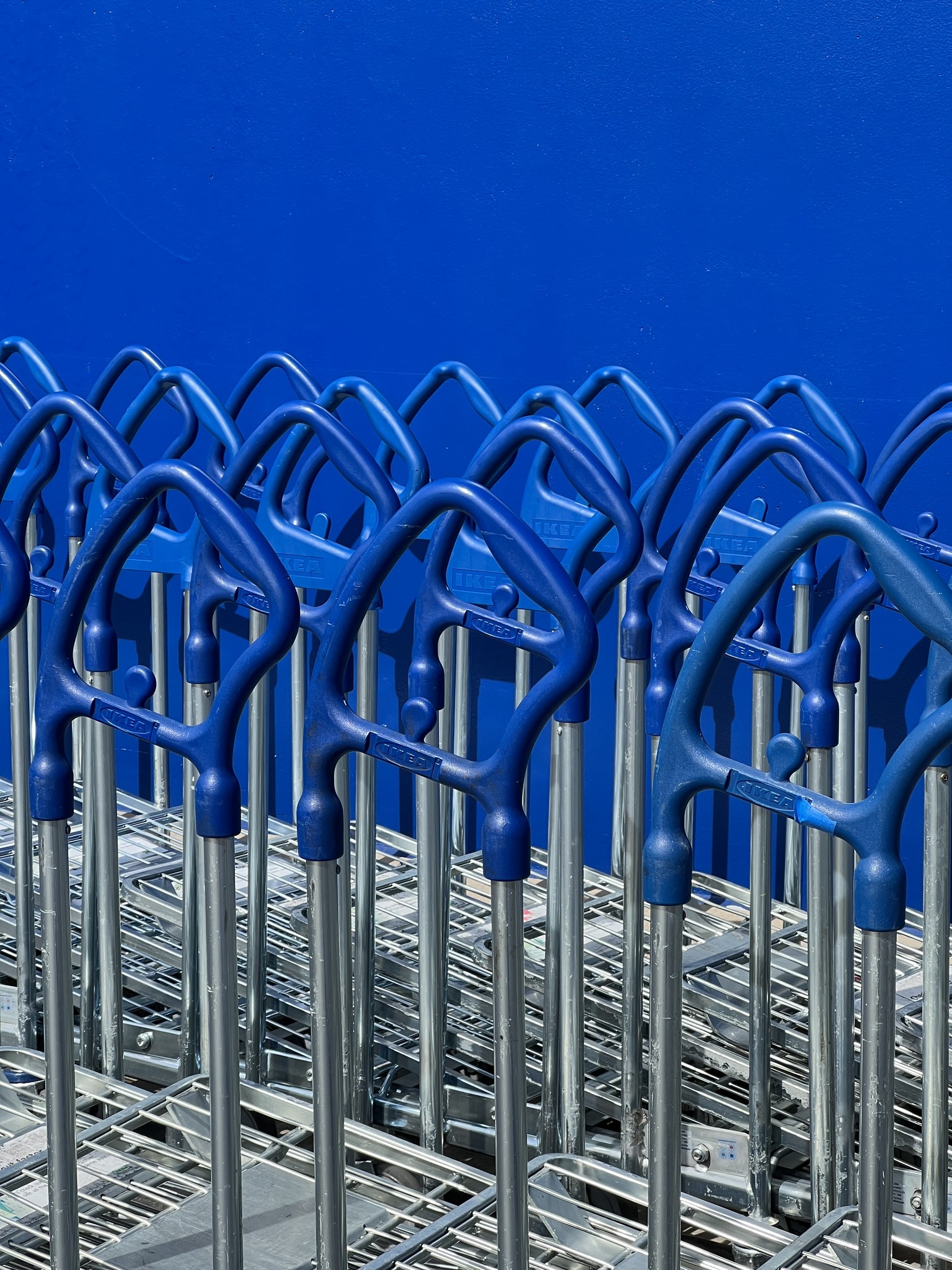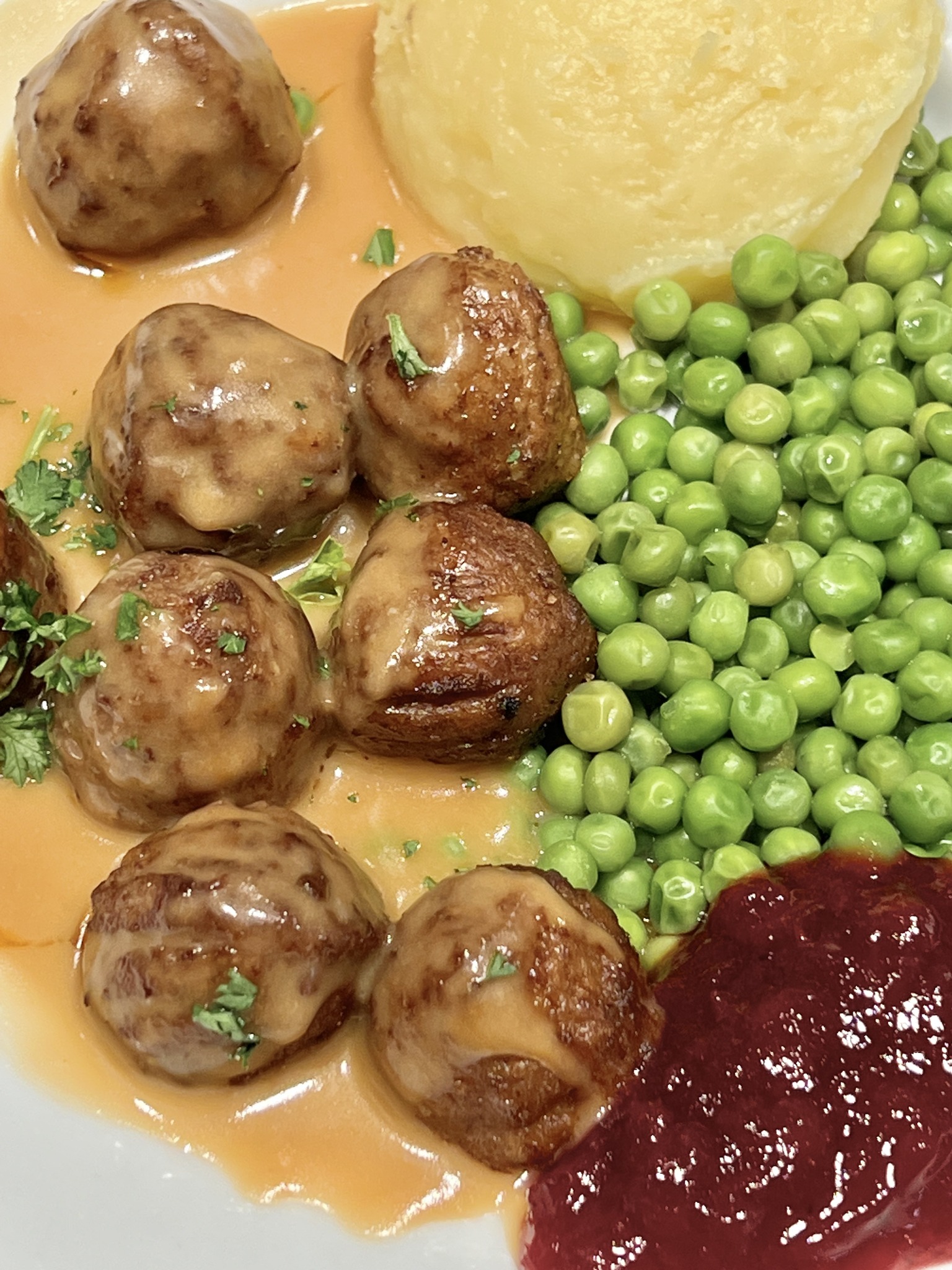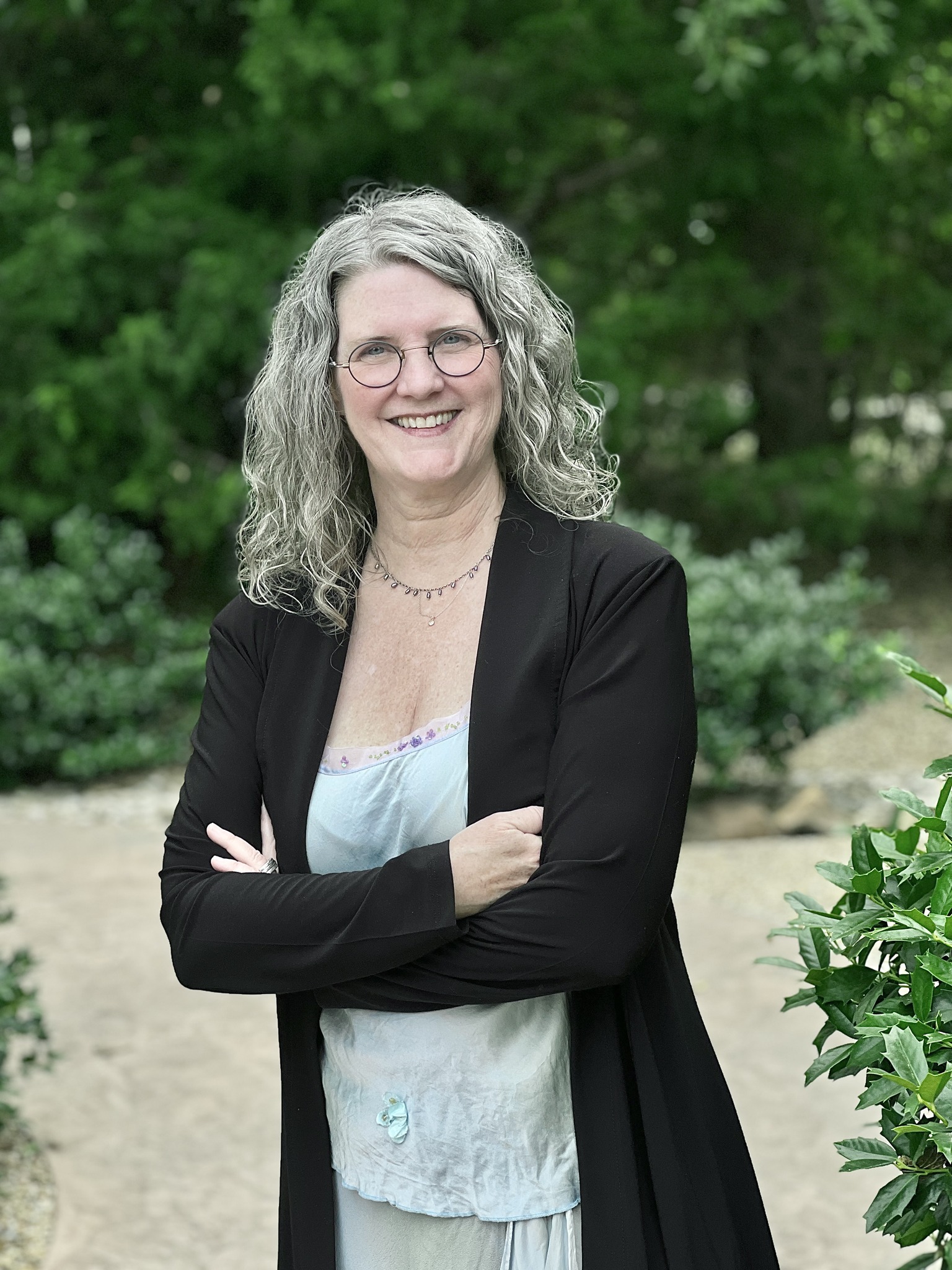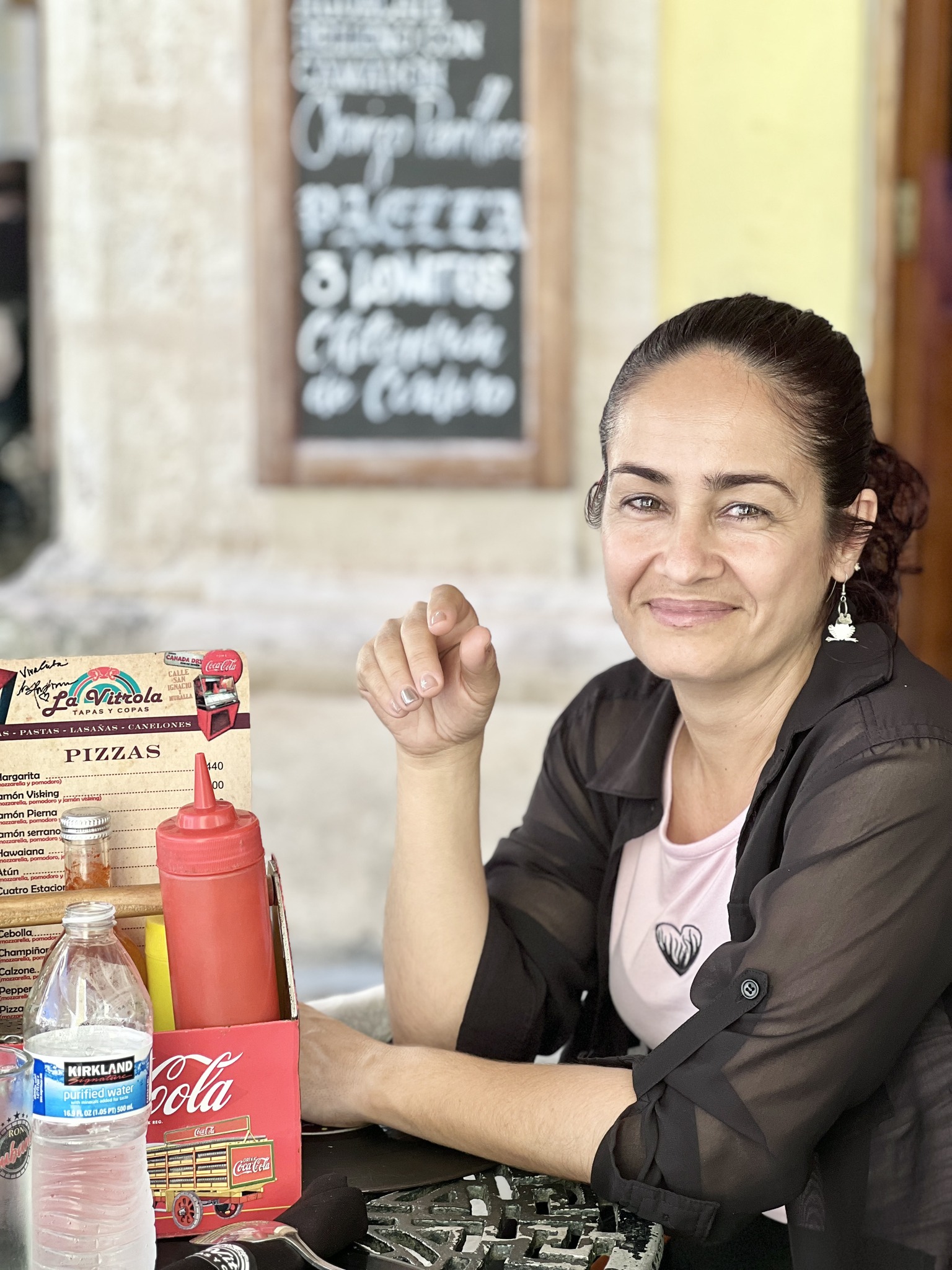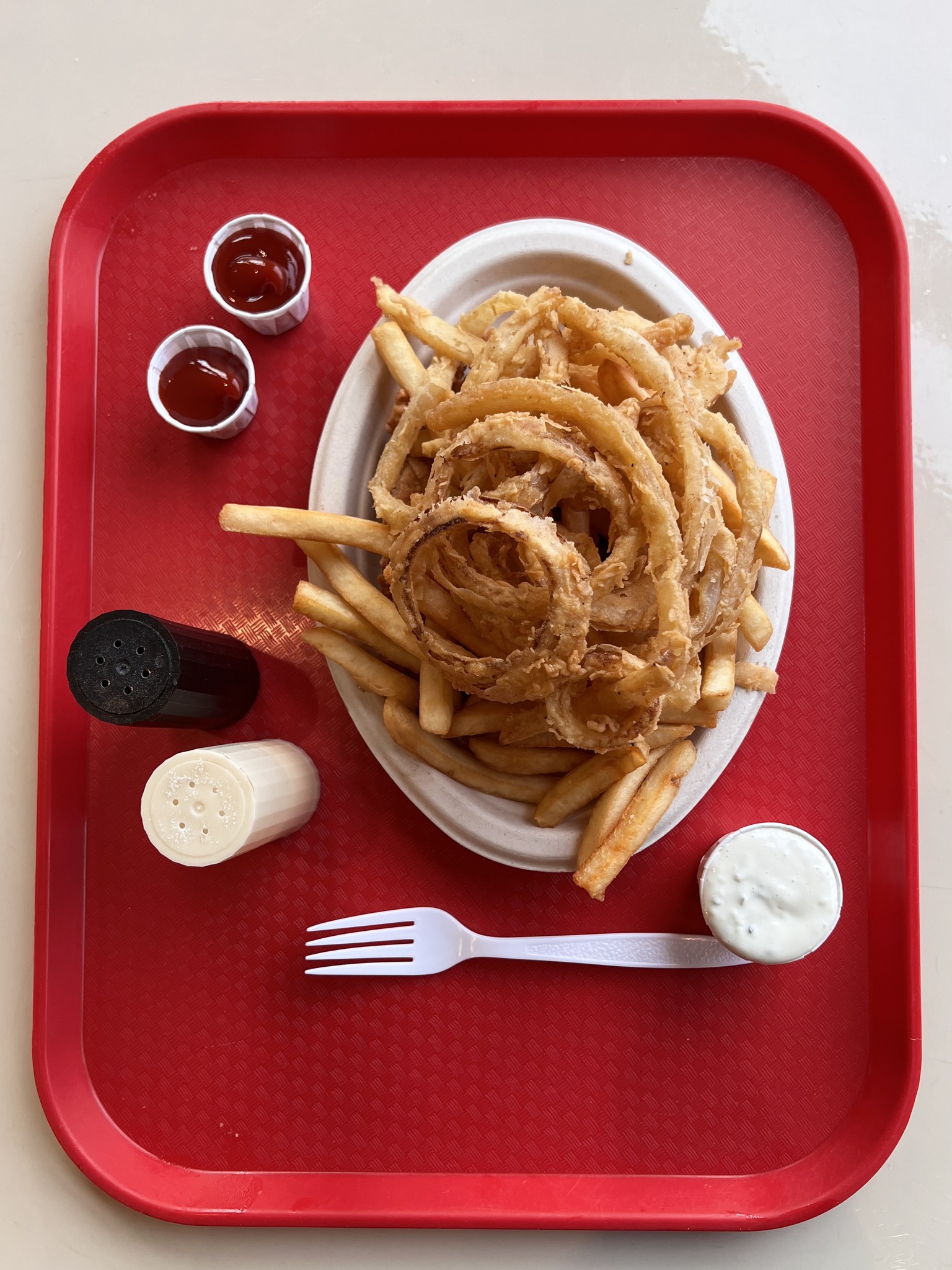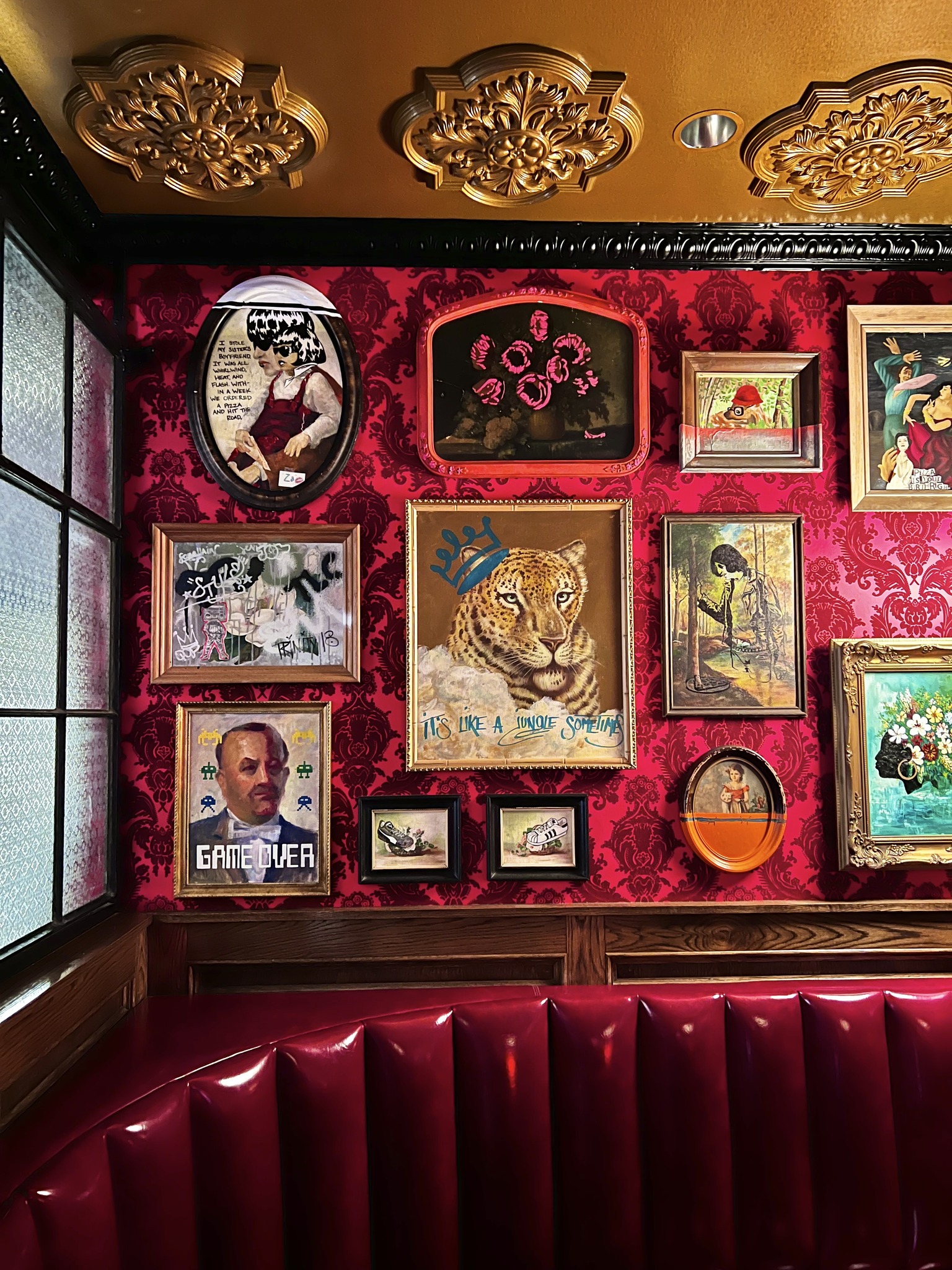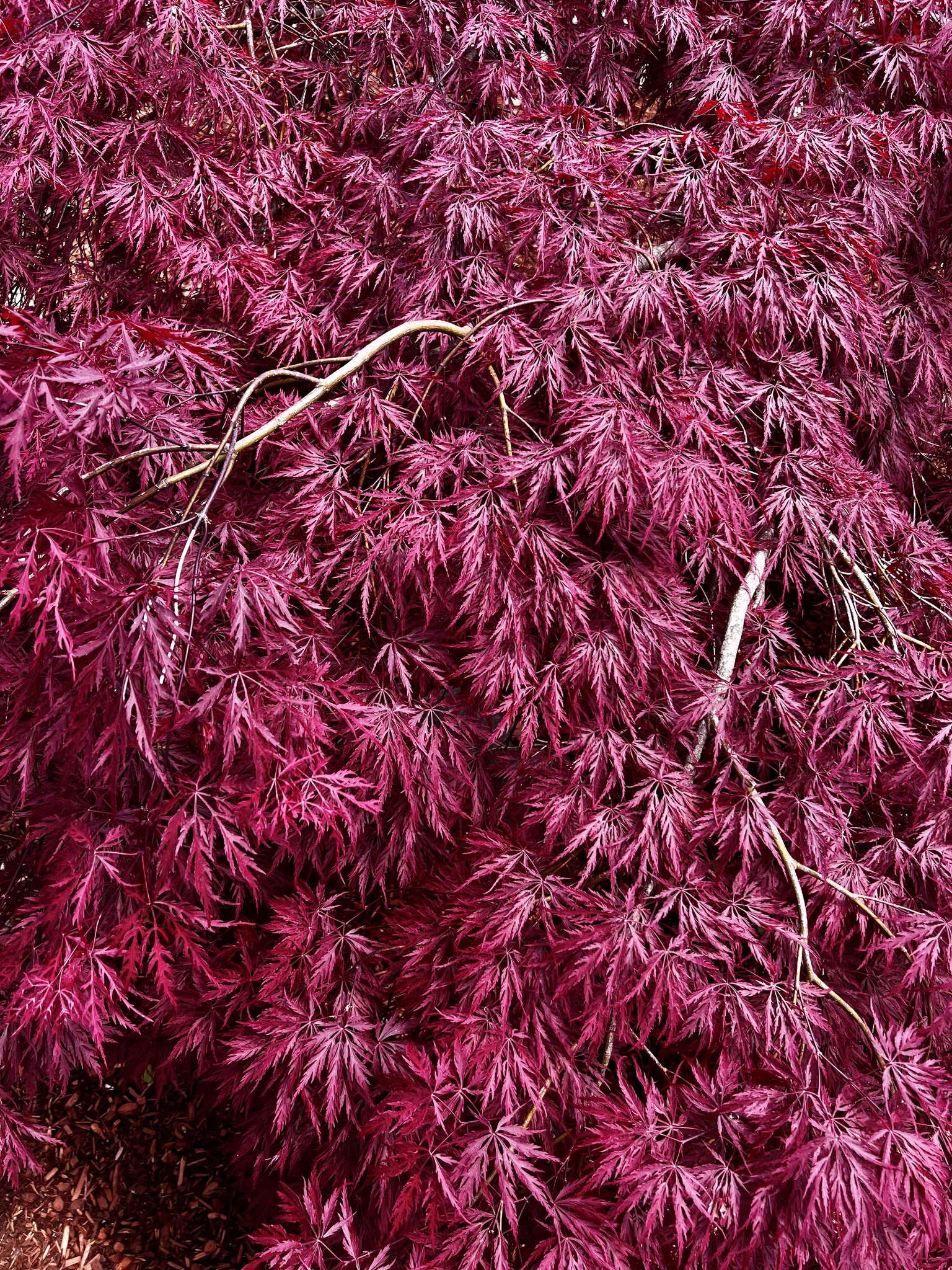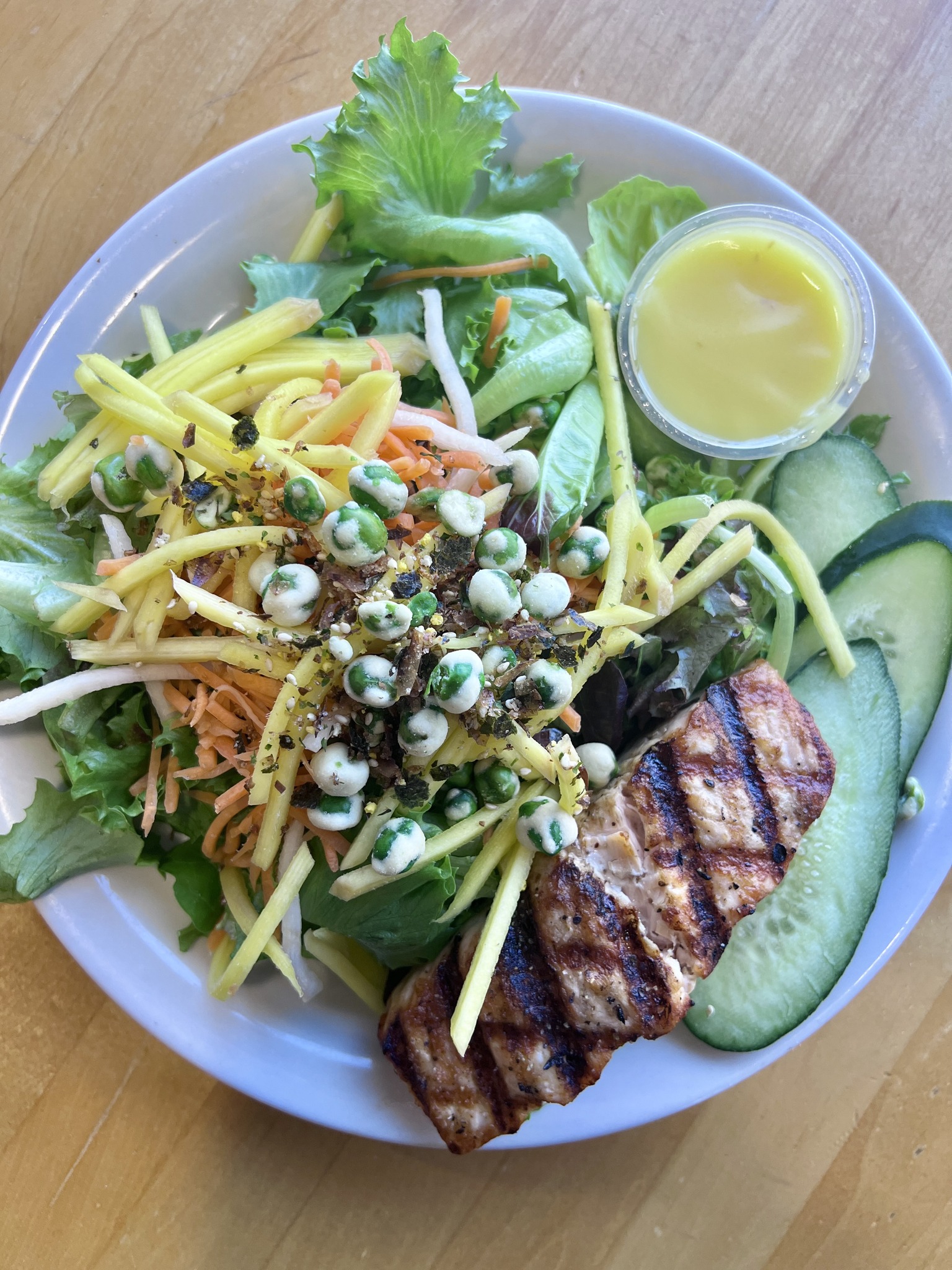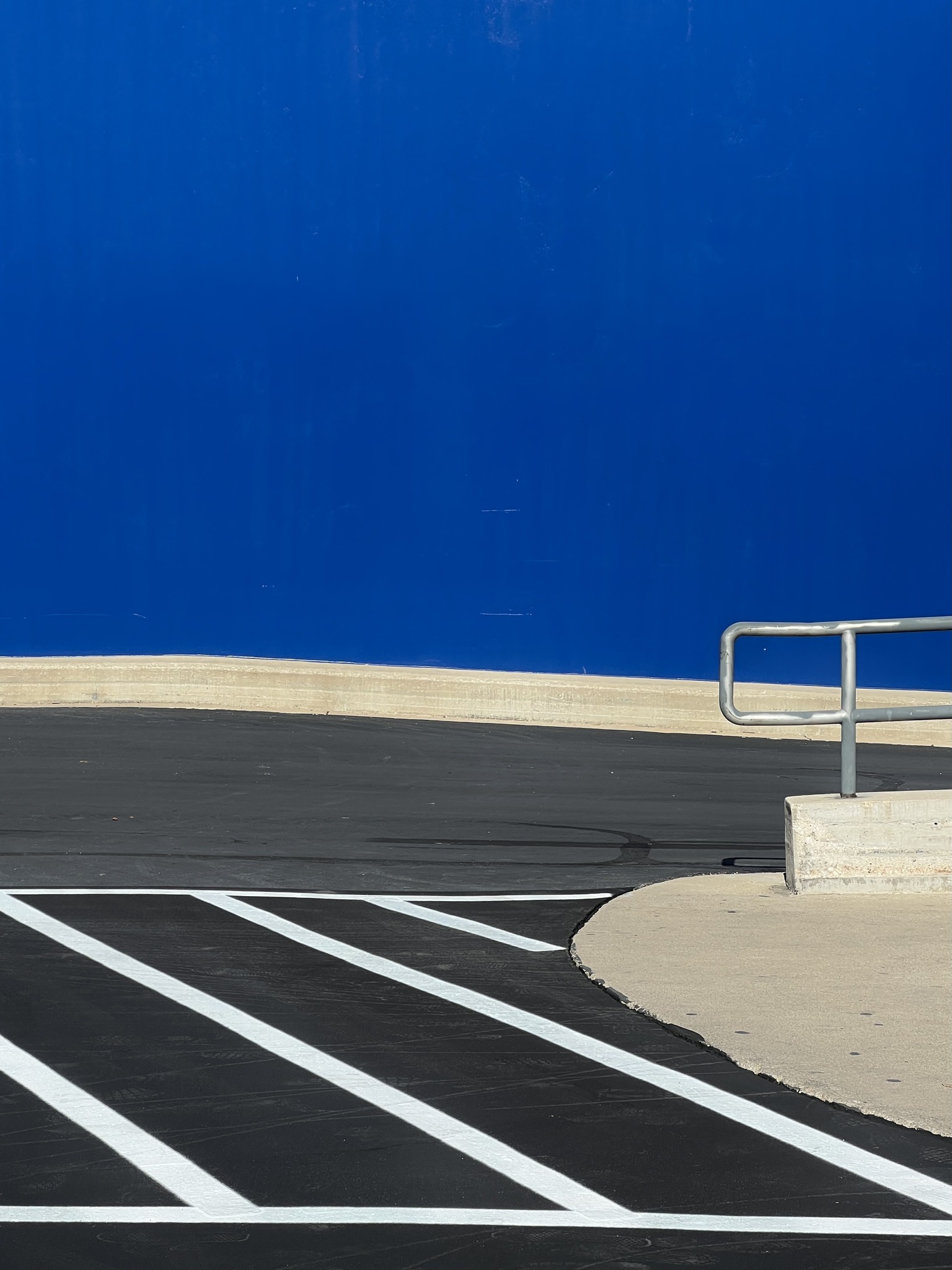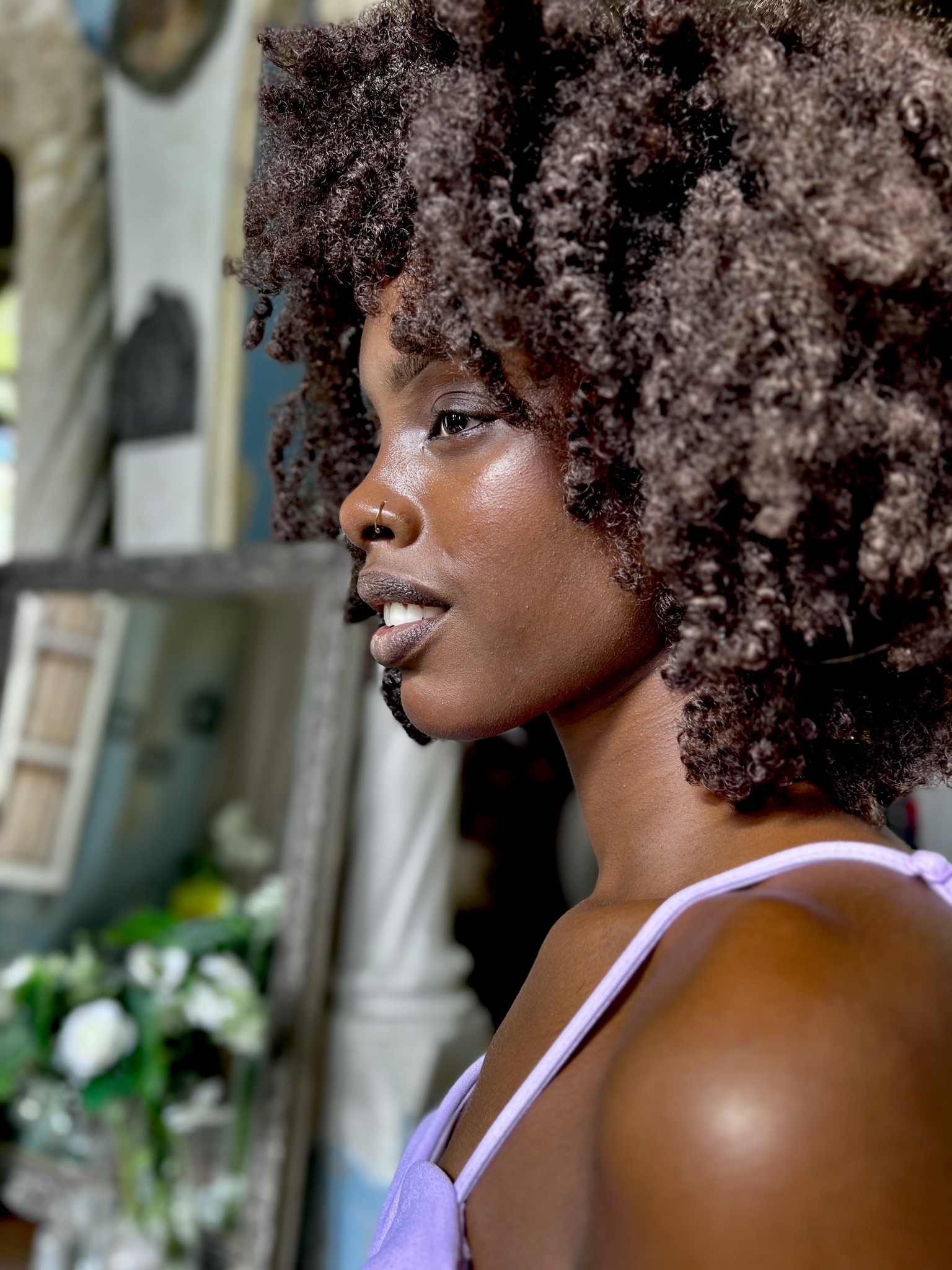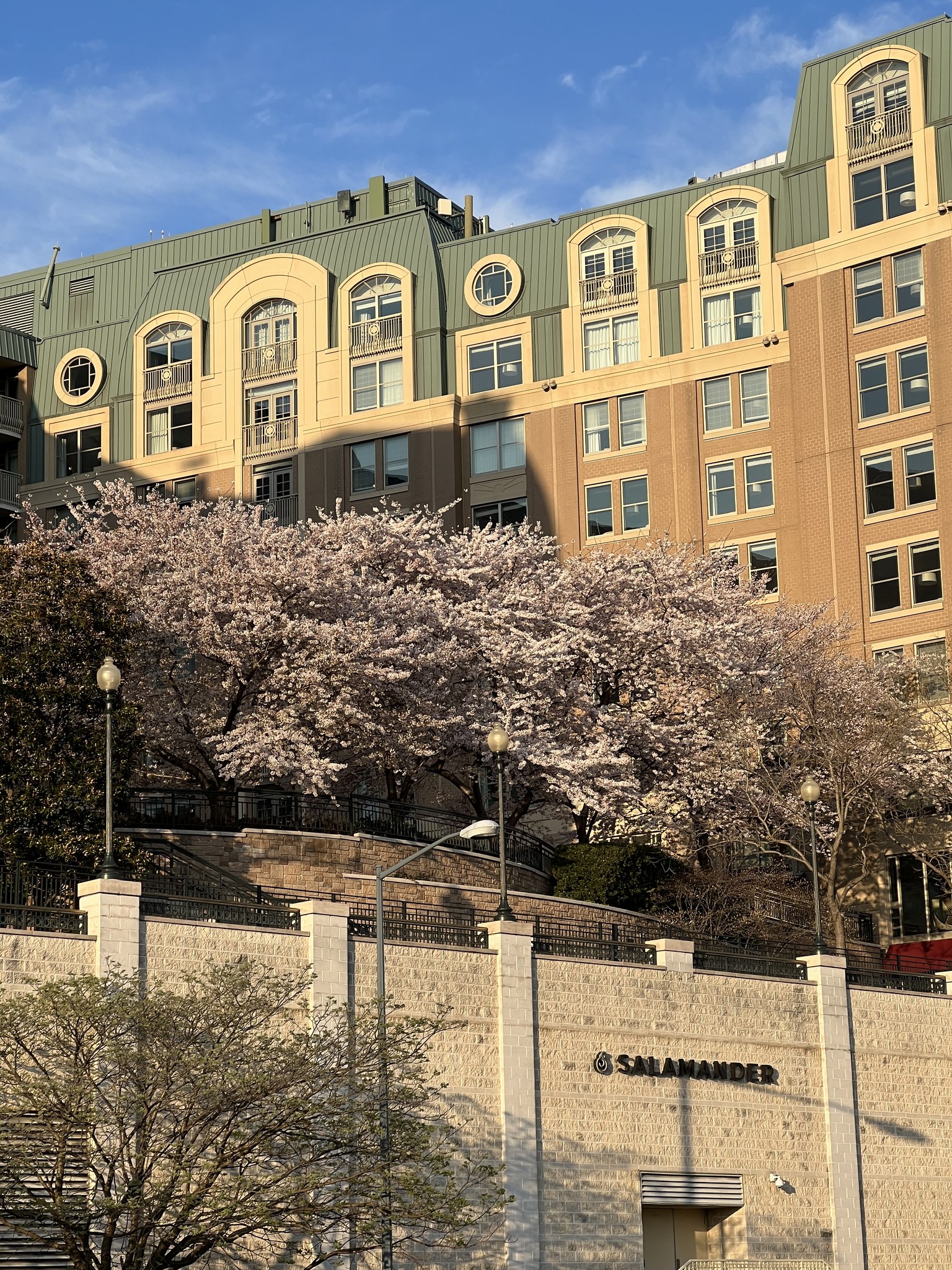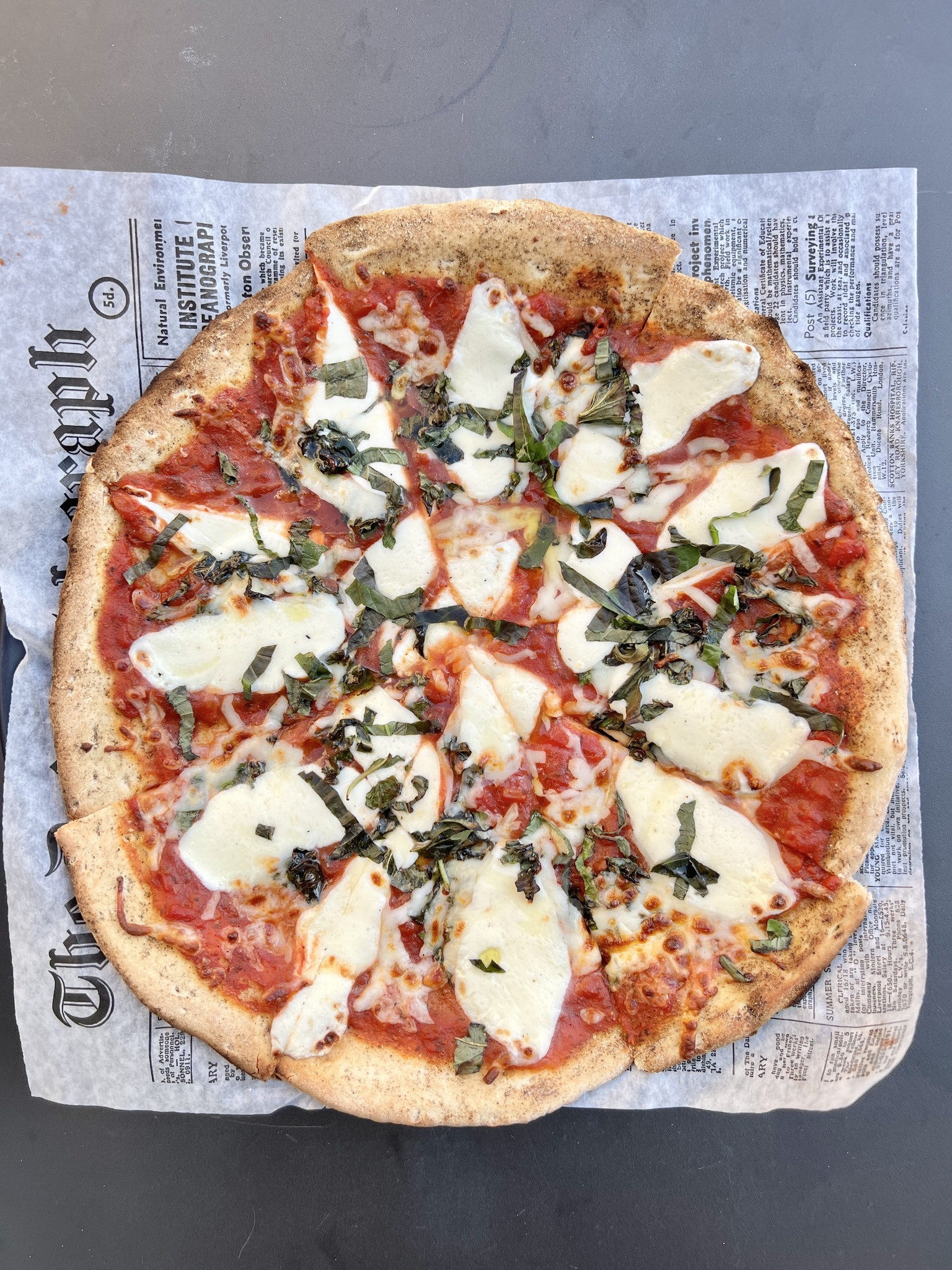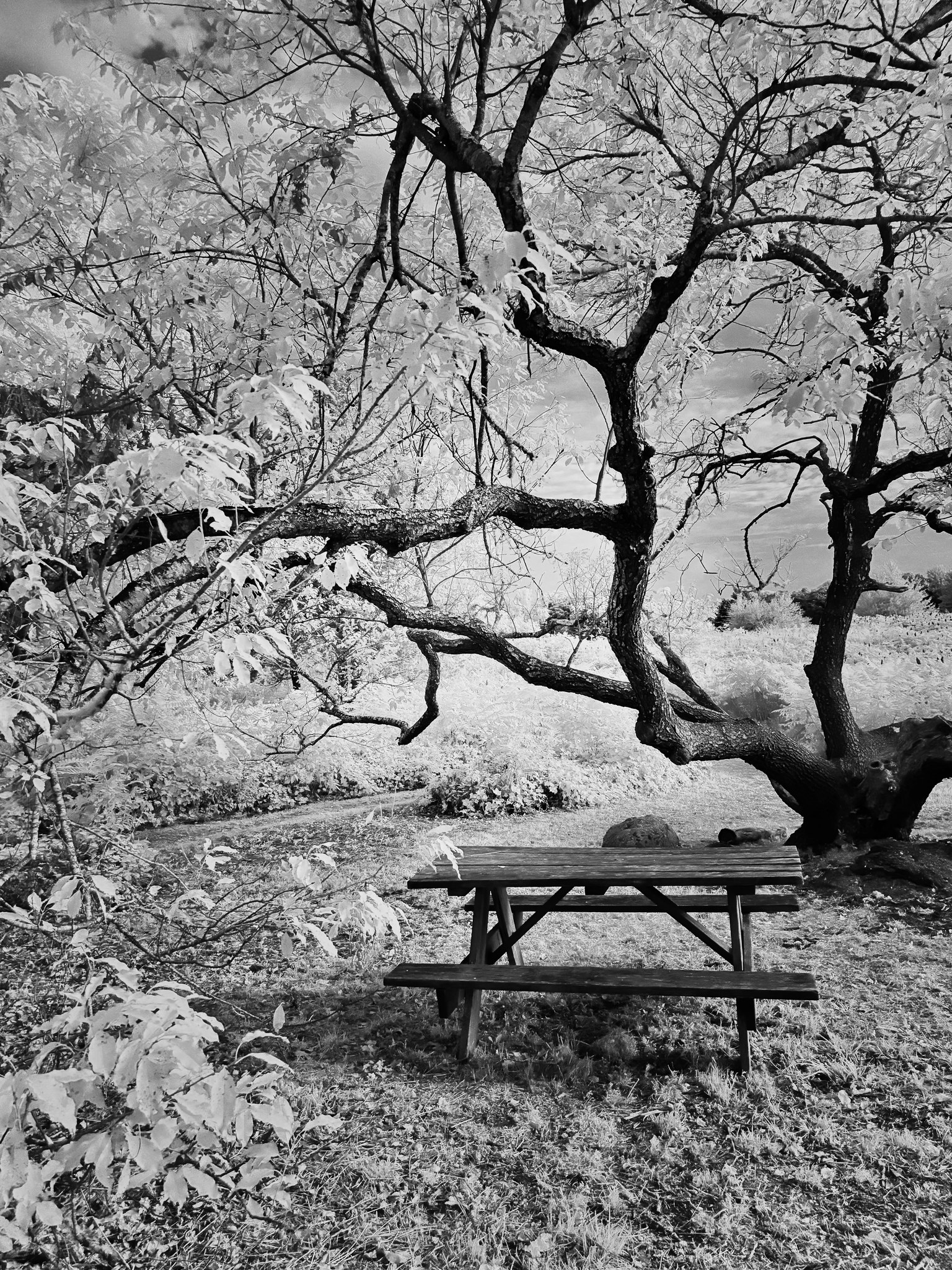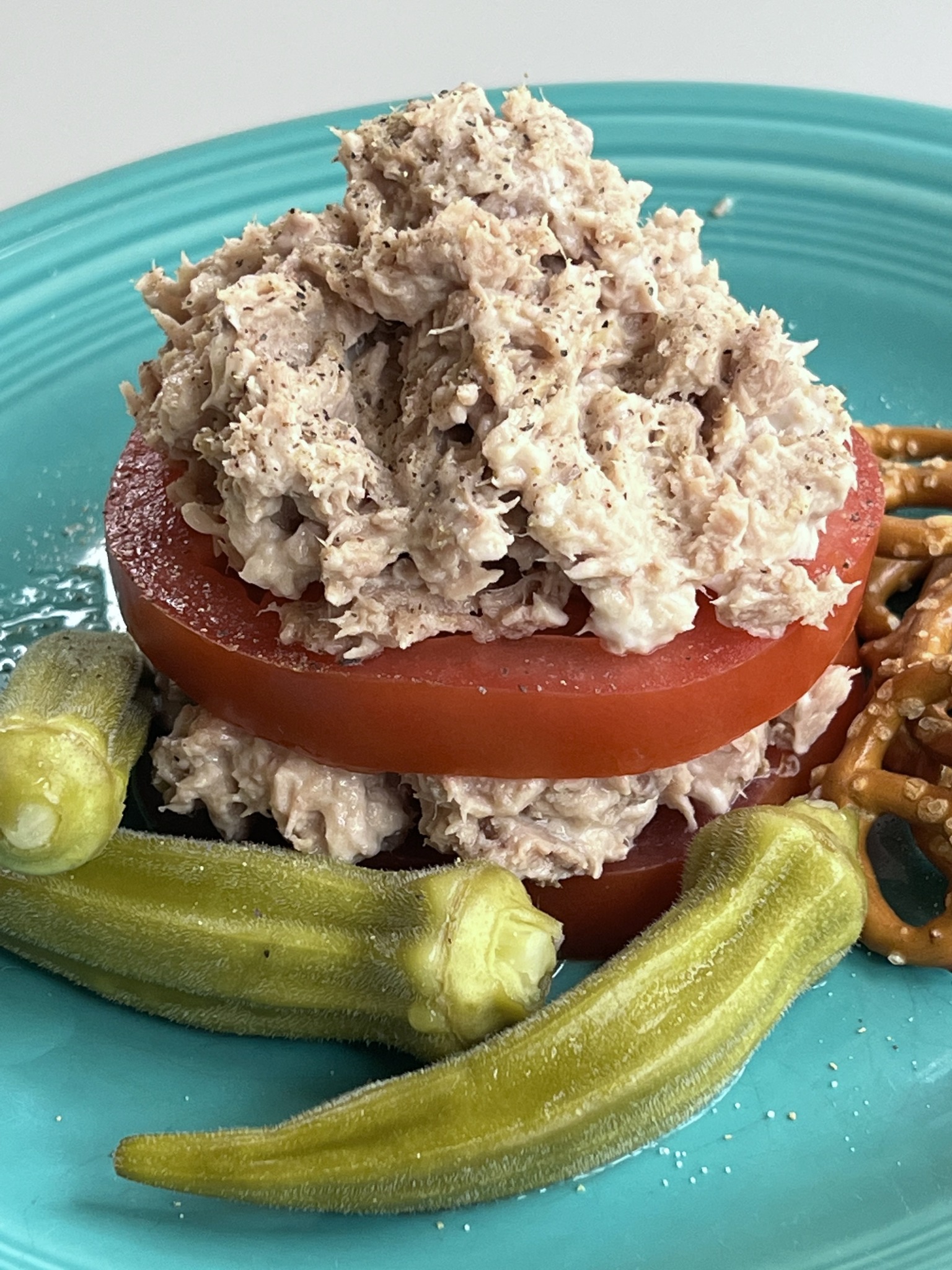Every time I sit down to edit my photographs, I’m reminded that photography isn’t just about capturing what’s in front of you—it’s about what’s going on inside you, too.
Mood
Bias
Taste
Memory
Intuition
Desire
Fear
And maybe even a little magic.
The same image can sing one song today and a completely different one tomorrow. It might whisper nostalgia, or scream discomfort. Sometimes, a photo looks “meh” when I first shoot it, only to surprise me weeks later with unexpected beauty. Other times, an image I once loved suddenly feels off—too cold, too forced, too far from truth. That’s the wonder I’m talking about here: the wildly human, deeply subjective roller coaster of personal taste.
Let’s be honest—editing is never just technical. It’s psychological, Emotional, Temporal.
When we slide our fingers across exposure, warmth, contrast, vibrance, we’re not just dialing in a “look.” We’re reaching for a feeling. We’re expressing something internal through an external interface. It’s like emotional translation. What I feelin that moment becomes what I see—and what I want you to see.
The Lie of Objectivity
In traditional photography education, there’s this lingering myth that there’s a “right” way to edit a photo. But there’s no universal formula. There’s only your formula today—and it might be different tomorrow.
You might think, “This version is too dark,” but what you really mean is, “I’m not in a dark mood right now.”
You might crop a subject tighter not because it’s better compositionally, but because you’re craving intimacy.
You might boost the vibrance because you want to feel something—anything—in a world that feels gray.
Editing is a mirror, not a map. And what that mirror shows you? It changes.
Time as a Filter
Ever gone back through an old photo album—maybe even just a batch of images on your phone—and found yourself feeling differently than you did when you first saw them?
Maybe the photo of your daughter you once passed over as “just okay” now makes you tear up, because she’s off at college.
Maybe a blurry shot of your dad, taken at a barbecue, now feels like gold because he’s gone.
Time is the most powerful filter of all. It shifts your perspective. Deepens your emotion. Makes room for context and longing and meaning. That’s why I always say: don’t delete your “maybes.” Save them. Revisit them. Let them grow.
Because sometimes, the photograph needs you to catch up to it.
Taste Is a Moving Target
One year, you’re obsessed with high contrast black-and-white. The next, it’s pastel tones and soft grain. In a few months, you’ll want deep shadows and warm skin tones. That doesn’t mean you’re inconsistent. It means you’re alive.
We don’t like to admit this, but even pros—especially pros—ride waves of shifting taste.
It’s the same reason we rearrange our furniture, change our wardrobe, or redecorate our living spaces. Taste is personal. Taste is changeable. Taste is alive.
So instead of resisting that truth, why not lean into it?
Your evolving taste is proof that you’re paying attention. That you’re growing. That you’re still curious. Let your edits reflect your today-self—not your last-year self. Your photos are not a contract with the past. They are a conversation with the present.
Bias in the Darkroom
Yes—bias. That ugly word we try to pretend doesn’t affect our photography. But let me tell you: bias plays a huge role in how we shoot, select, and edit our images.
We gravitate toward faces we love.
We linger on colors that comfort us.
We favor compositions that flatter our sense of control.
We brighten what we want others to see—and we crop out what we’d rather forget.
Editing reveals bias not just in the usual social sense, but in a deeply personal sense. It shows us what we want to believe about the world. That’s why your edit of a photo from a difficult season might be stark, stripped-down, even harsh—because that’s how the world felt to you at the time.
And later, when the sting fades? You might warm it up. Make it softer. Because healing has reshaped how you see.
The Emotional Pull
Photography, unlike any other art form I know, has the uncanny ability to surface both the seen and the unseen.
I’m not just talking about memories. I’m talking about emotional truths you didn’t even know were there until the photo showed them to you. Grief. Joy. Regret. Hope.
Sometimes you see something in a photo that the camera never intended—but you needed to see it.
Editing becomes the sacred space where those realizations happen. It’s not just a workspace. It’s a darkroom of the soul. A theater of the heart.
Let Your Edits Breathe
Here’s a practical takeaway: don’t rush. Give your photos time to breathe. Let them rest. Let you rest.
Come back to them after a walk. After a week. After a season.
You’ll be surprised what you see—and what you feel—the second time around.
Sometimes, the second glance is the truer one.
Final Frame
Photography is not a fixed thing. Neither are you.
What you love, what you feel, what you need—it all shifts. That’s not a weakness. That’s your superpower.
So stop chasing a singular “style” or “signature edit.”
Chase yourself—the version of you that shows up today.
Let your photos reflect the living, changing, messy wonder of who you are.
And when you sit down to edit again tomorrow?
Well, you just might fall in love with the same photo all over again.
Click.
Jack.
